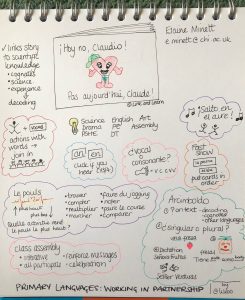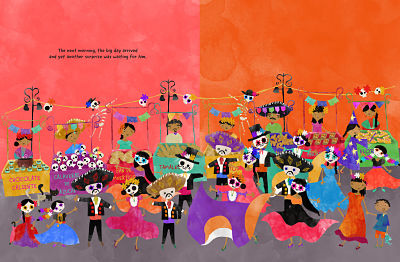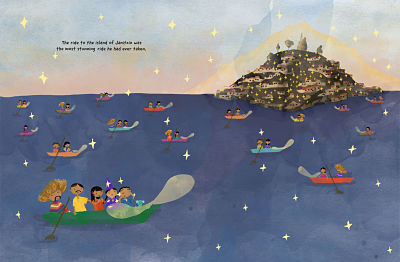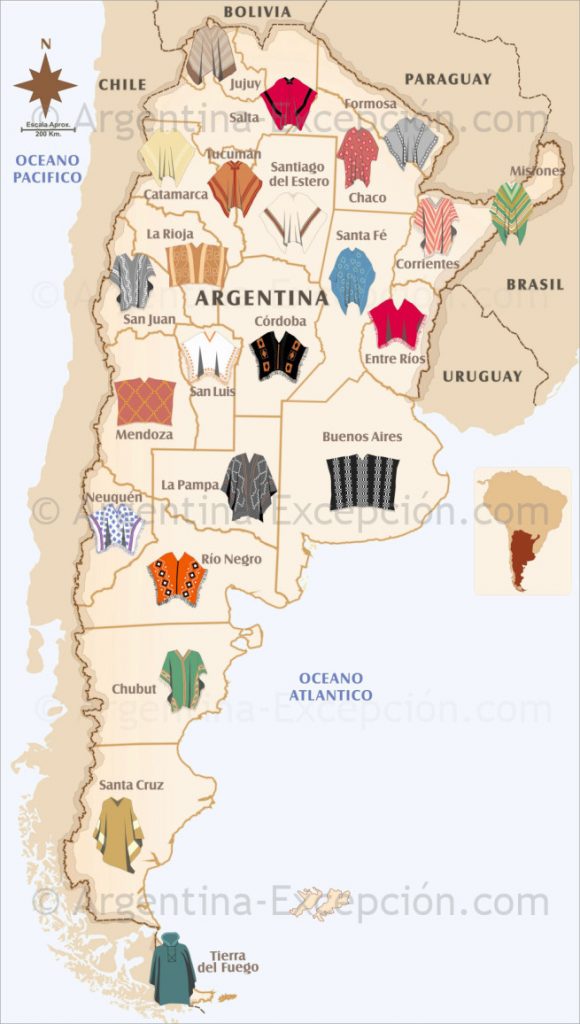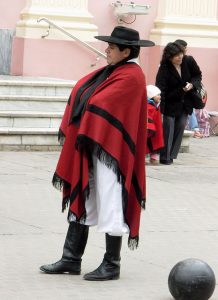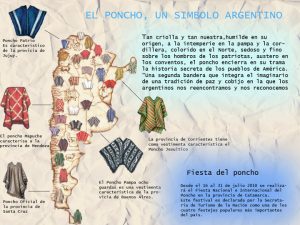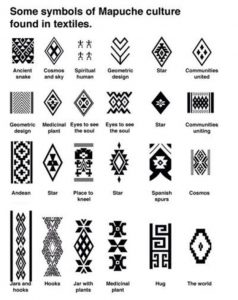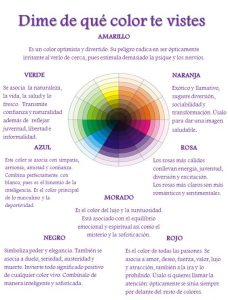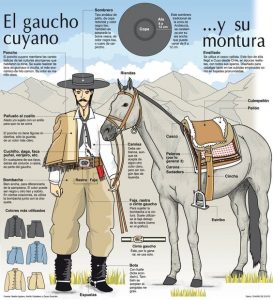Did you know that Saturday 27th January is Multicultural Children’s Book Day? Nor did I until I saw a tweet asking for reviewers who were interested in books and multicultural/ intercultural awareness. As a fan of both, I jumped at the chance, and my book review will follow in the next post. 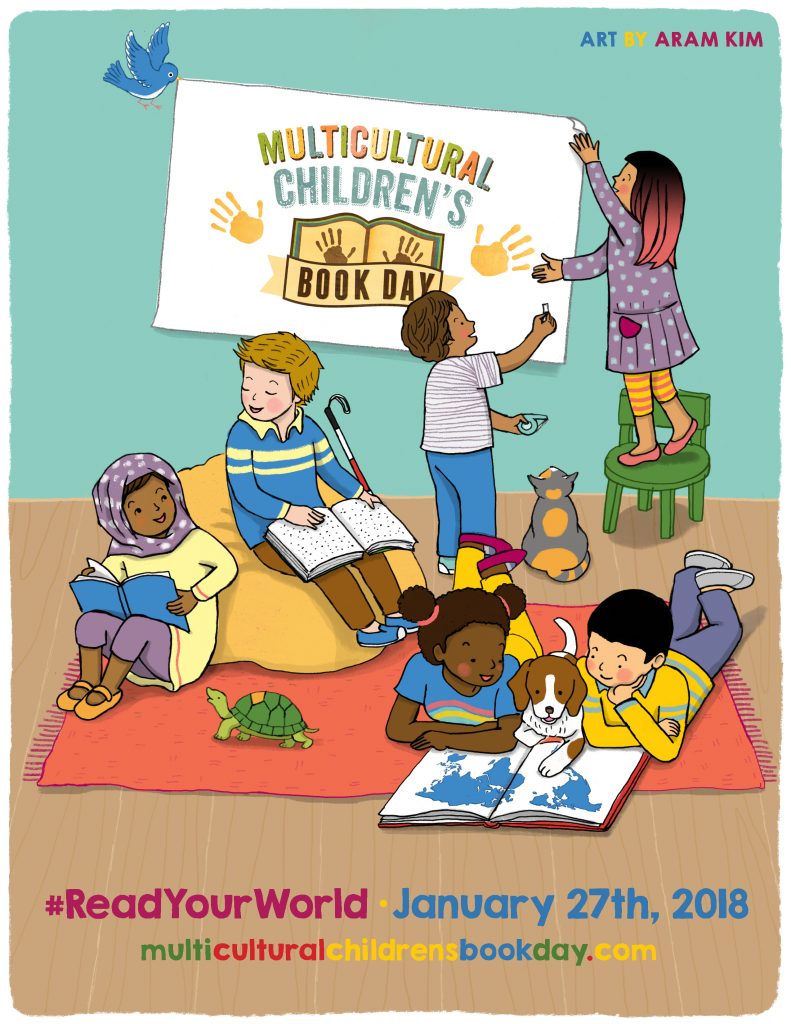
Below are details of the event. Please note that it is based in the United States so timings are not GMT, and some offers may not be available to those in the United Kingdom. However, all the online resources are available irrespective of where you live – the beauty of the Net!
Come back tomorrow for a review of The Marvellous Mexican Misunderstanding by Evi Triantafyllides of WorldwideBuddies.com
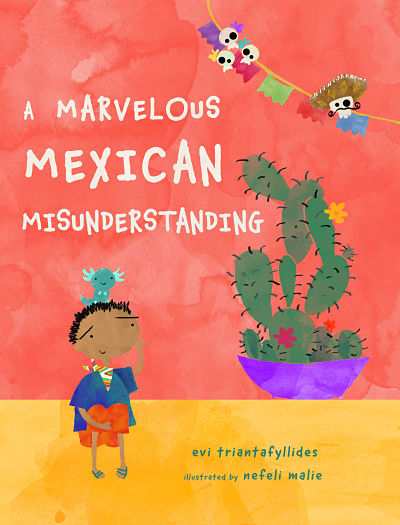
Multicultural Children’s Book Day 2017 (1/27/18) is in its 5th year and was founded by Valarie Budayr from Jump Into A Book and Mia Wenjen from PragmaticMom. Our mission is to raise awareness of the ongoing need to include kids’ books that celebrate diversity in home and school bookshelves while also working diligently to get more of these types of books into the hands of young readers, parents and educators.
Current Sponsors: MCBD 2018 is honoured to have some amazing Sponsors on board.
2018 MCBD Medallion Sponsors
HONORARY: Children’s Book Council, Junior Library Guild
PLATINUM:Scholastic Book Clubs
GOLD:Audrey Press, Candlewick Press, Loving Lion Books, Second Story Press, Star Bright Books, Worldwide Buddies
SILVER:Capstone Publishing, Author Charlotte Riggle, Child’s Play USA, KidLit TV, Pack-n-Go Girls, Plum Street Press
BRONZE: Barefoot Books, Carole P. Roman, Charlesbridge Publishing, Dr. Crystal Bowe, Gokul! World, Green Kids Club, Gwen Jackson, Jacqueline Woodson, Juan J. Guerra, Language Lizard, Lee & Low Books, RhymeTime Storybooks, Sanya Whittaker Gragg, TimTimTom Books, WaterBrook & Multnomah, Wisdom Tales Press
2018 Author Sponsors
Honorary Author Sponsors: Author/Illustrator Aram Kim and Author/Illustrator Juana Medina
Author Janet Balletta, Author Susan Bernardo, Author Carmen Bernier-Grand, Author Tasheba Berry-McLaren and Space2Launch, Bollywood Groove Books, Author Anne Broyles, Author Kathleen Burkinshaw, Author Eugenia Chu, Author Lesa Cline-Ransome, Author Medeia Cohan and Shade 7 Publishing, Desi Babies, Author Dani Dixon and Tumble Creek Press, Author Judy Dodge Cummings, Author D.G. Driver, Author Nicole Fenner and Sister Girl Publishing, Debbi Michiko Florence, Author Josh Funk, Author Maria Gianferrari, Author Daphnie Glenn, Globe Smart Kids, Author Kimberly Gordon Biddle, Author Quentin Holmes, Author Esther Iverem, Jennifer Joseph: Alphabet Oddities, Author Kizzie Jones, Author Faith L Justice , Author P.J. LaRue and MysticPrincesses.com, Author Karen Leggett Abouraya, Author Sylvia Liu, Author Sherri Maret, Author Melissa Martin Ph.D., Author Lesli Mitchell, Pinky Mukhi and We Are One, Author Miranda Paul, Author Carlotta Penn, Real Dads Read, Greg Ransom, Author Sandra L. Richards, RealMVPKids Author Andrea Scott, Alva Sachs and Three Wishes Publishing, Shelly Bean the Sports Queen, Author Sarah Stevenson, Author Gayle H. Swift Author Elsa Takaoka, Author Christine Taylor-Butler, Nicholette Thomas and MFL Publishing Author Andrea Y. Wang, Author Jane Whittingham Author Natasha Yim
We’d like to also give a shout-out to MCBD’s impressive CoHost Team who not only hosts the book review link-up on celebration day, but who also works tirelessly to spread the word of this event. View our CoHosts HERE.
TWITTER PARTY Sponsored by Scholastic Book Clubs: MCBD’s super-popular (and crazy-fun) annual Twitter Party will be held 1/27/18 at 9:00pm. (EST which is 2am GMT)
Join the conversation and win one of twelve 5 book bundles and one Grand Prize Book Bundle (12 books) that will be given away at the party! http://multiculturalchildrensbookday.com/twitter-party-great-conversations-fun-prizes-chance-readyourworld-1-27-18/
Free Multicultural Books for Teachers: http://bit.ly/1kGZrta
Free Empathy Classroom Kit for Homeschoolers, Organizations, Librarians and Educators: http://multiculturalchildrensbookday.com/teacher-classroom-empathy-kit/
Hashtag: Don’t forget to connect with us on social media and be sure and look for/use our official hashtag #ReadYourWorld.
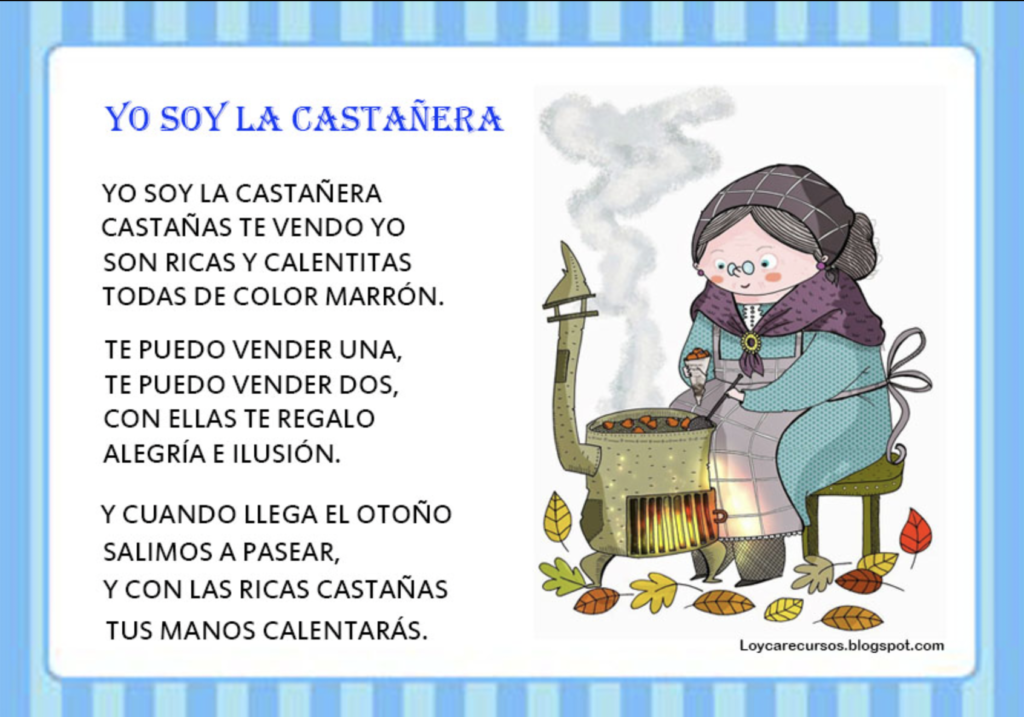

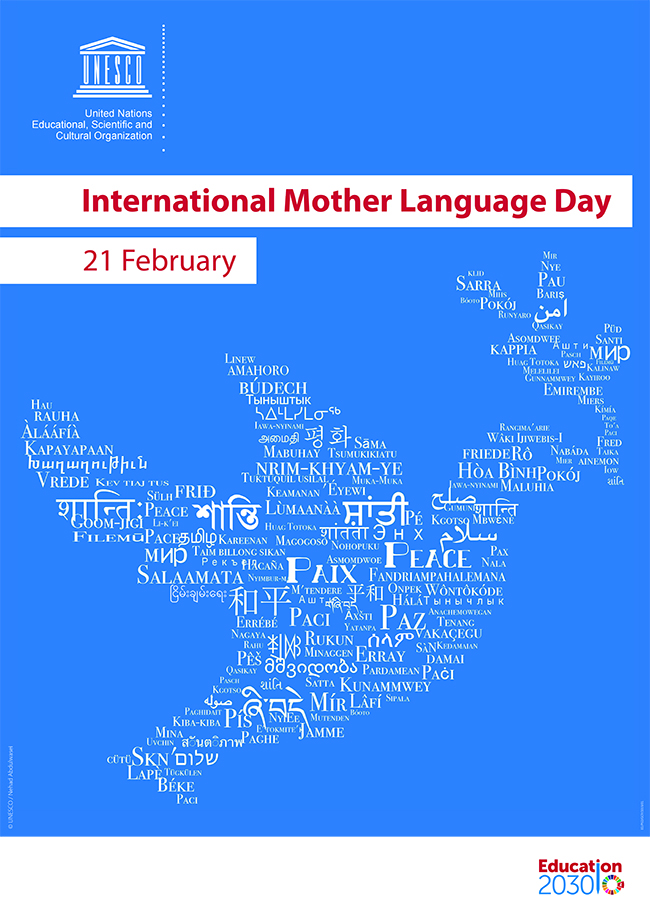
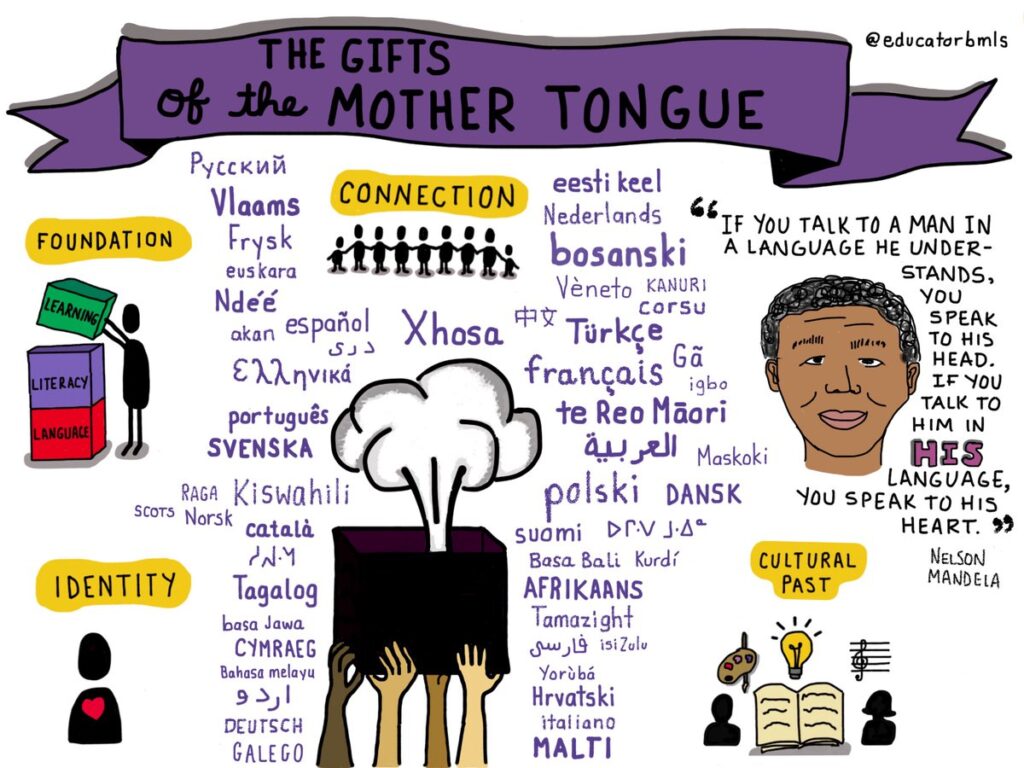

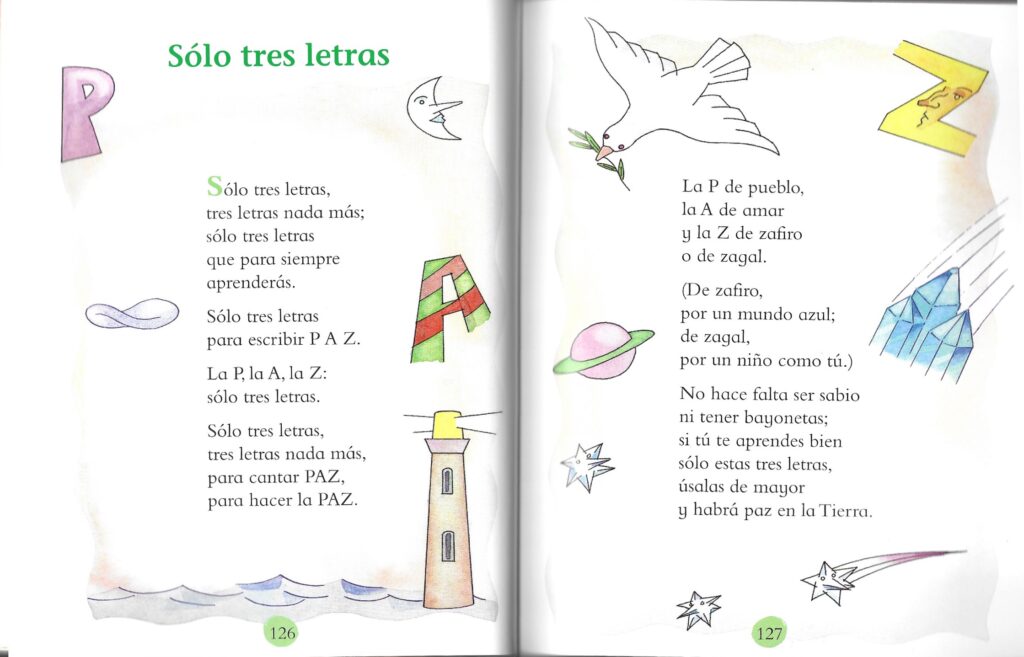

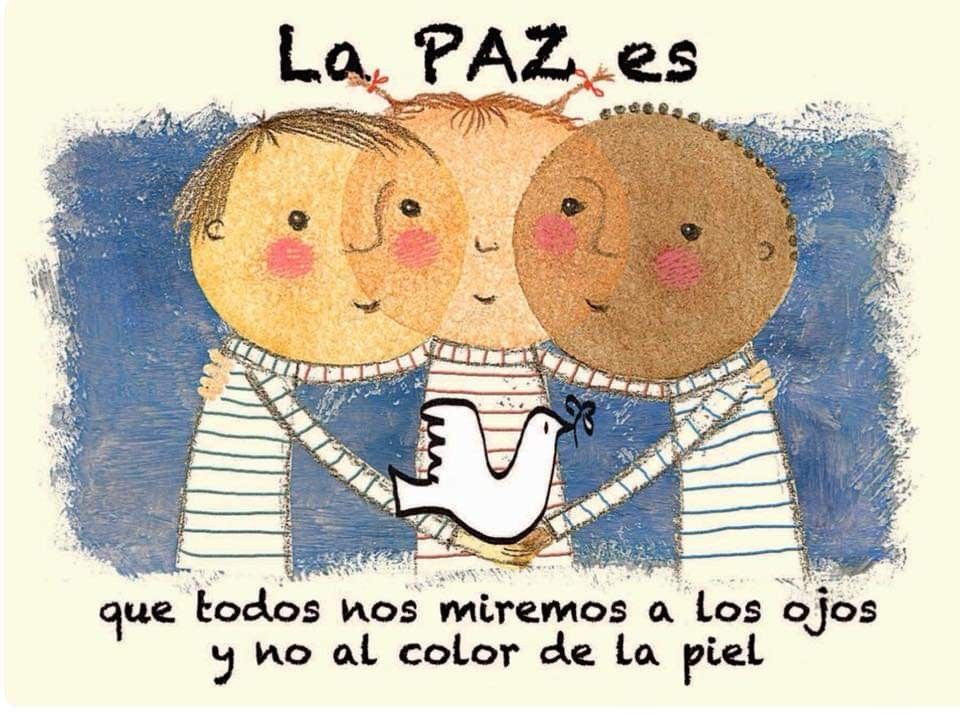

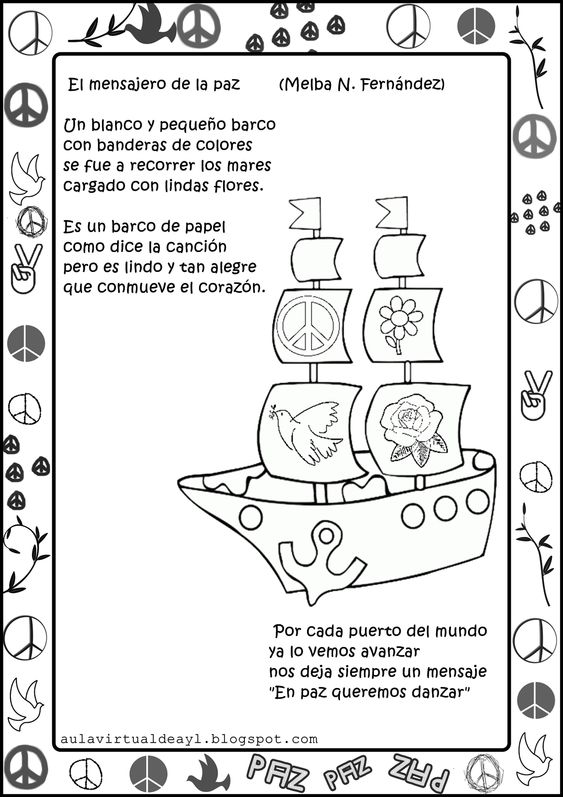
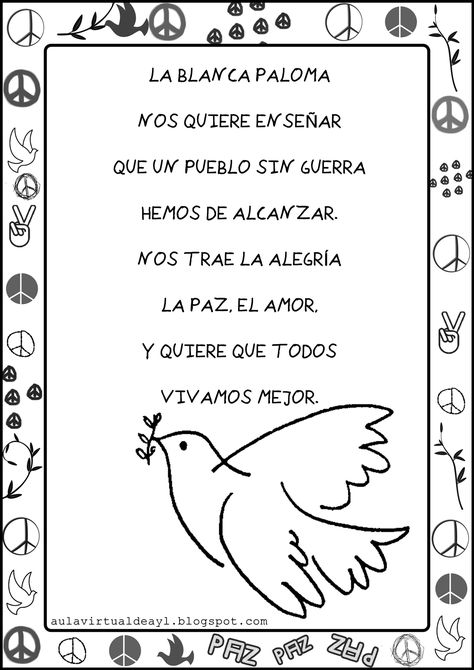
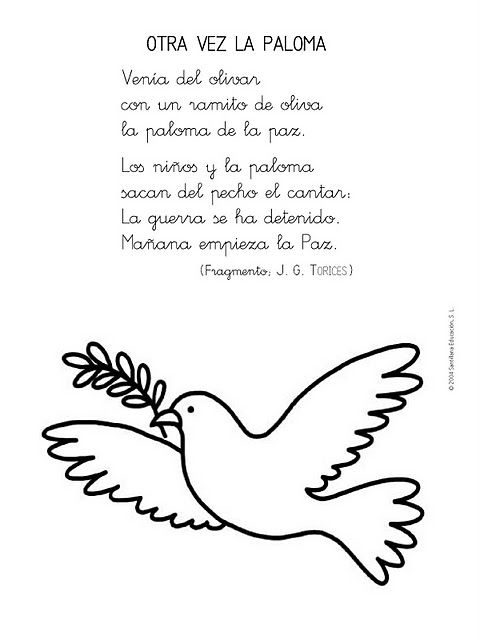



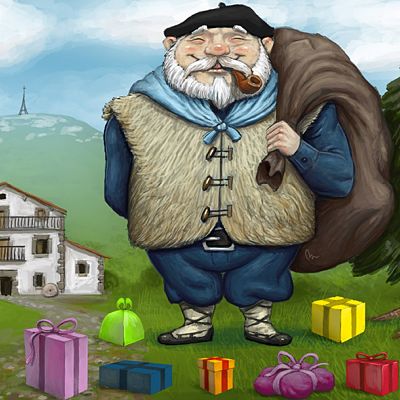
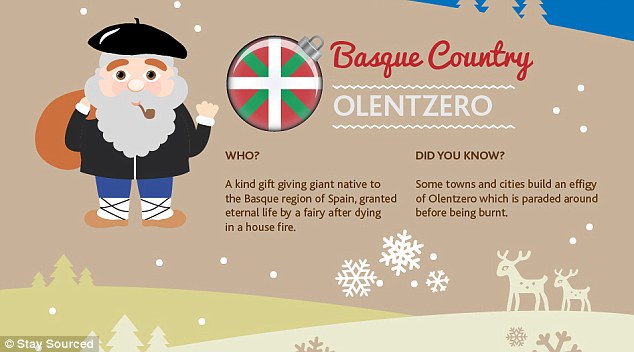
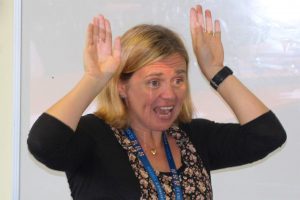
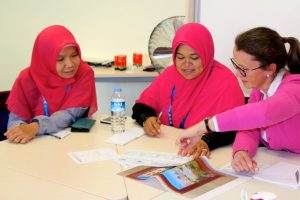
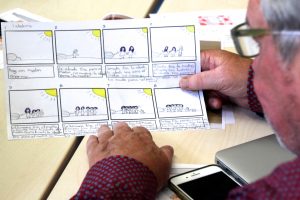
 A little later than planned, and with huge apologies, here are my presentations from the East Midlands Primary Languages Conference held on Nottingham on 5th December!
A little later than planned, and with huge apologies, here are my presentations from the East Midlands Primary Languages Conference held on Nottingham on 5th December!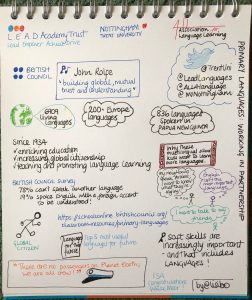 A marvellous keynote by the ever effervescent John Rolfe.
A marvellous keynote by the ever effervescent John Rolfe.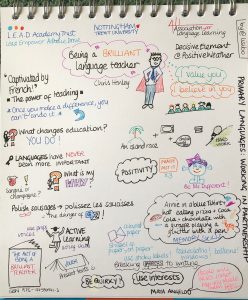 An inspiring session by Chris Henley about being BRILLIANT – finding my WHY? and being Ms Different.
An inspiring session by Chris Henley about being BRILLIANT – finding my WHY? and being Ms Different.
